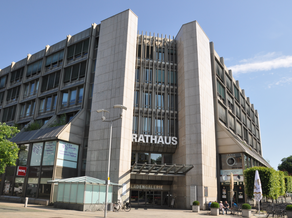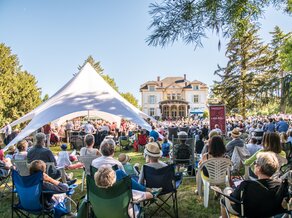Many homeowners and the town of Bad Homburg v. d. Höhe have already had solar systems installed.
The Hesse solar cadastre gives you as a homeowner an overview of whether and how your roof is suitable for a photovoltaic or solar thermal system. You can also carry out various calculations yourself directly and online, including profitability calculations!
You can find the solar register of the Hesse State Energy Agency (LEA) at
Solar cadastre of the State Energy Agency of Hesse(https://www.lea-hessen.de/buergerinnen-und-buerger/sonnenenergie-nutzen/solar-kataster-hessen/)
After selecting your roof area, you will be taken to a sample calculation showing the possible yields of a photovoltaic system / solar thermal system. The results provide an initial estimate, but are no substitute for detailed planning by appropriate specialists.
The city of Bad Homburg v. d. Höhe therefore recommends that you seek independent energy advice from the city. Experience has shown that, despite other representations in the solar cadastre, roof areas are suitable for a photovoltaic system or similar in individual cases.
Energy advice Bad Homburg(https://www.bad-homburg.de/de/stadt/umwelt-und-klima/umwelt-und-klimaschutz/energieberatung)






